
When writing a historical novel based on a real person, it’s always a good idea to walk where your subject trod. I had to go all the way to Italy when I was writing The Saint’s Mistress (I know, rough duty). But Jane Grey Swisshelm, the subject of my next novel, is local. Not to mention 1400 years more recent! So, it’s been a lot easier to visit sites associated with Jane.
Al and I set out to do that on a beautiful June day last week.
Young Jane Cannon
Thomas and Mary Cannon named their first daughter Jane Grey after the Protestant “9-day queen” of 16th-century England. Jane was born on December 6, 1815, in a house on Pittsburgh’s Water Street (present-day Fort Pitt Boulevard). Jane’s brothers and father were susceptible to tuberculosis and so in 1816 the family moved from Pittsburgh to Wilkinsburg for better air. In Wilkinsburg, Thomas opened a little general store and his health improved.
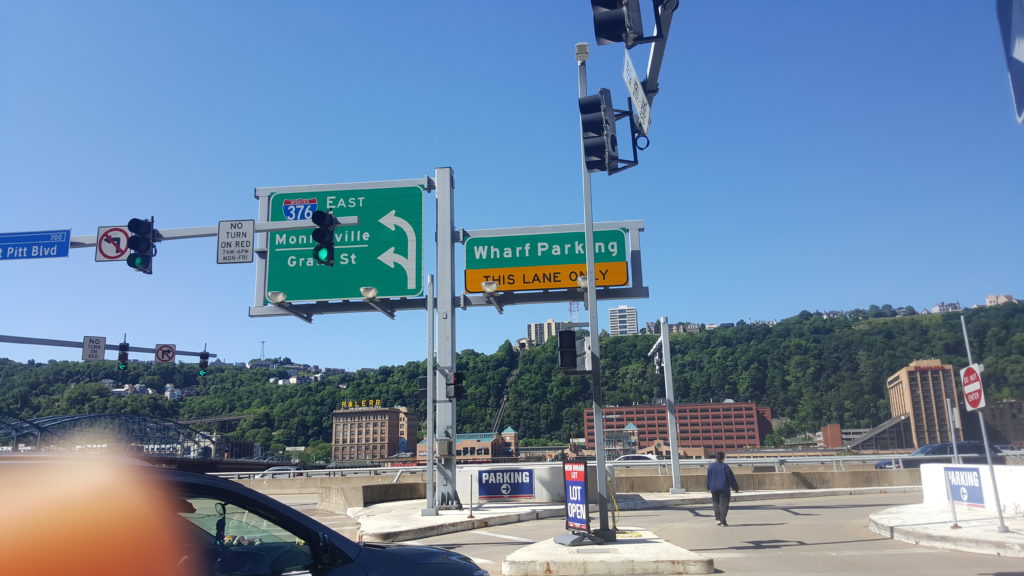
The Cannon family were Covenanter Presbyterians, strict Calvinists who had broken in 1643 with the Presbyterian Church of Scotland, which they believed did not resist the Anglicans fiercely enough. In Pittsburgh, the Cannons had attended a Covenanter church, but there was no Covenanter church in Wilkinsburg. So, in Wilkinsburg they attended Beulah Presbyterian Church, pastored by Reverend John Graham, whose house still stands today on William Penn Highway in Wilkinsburg.
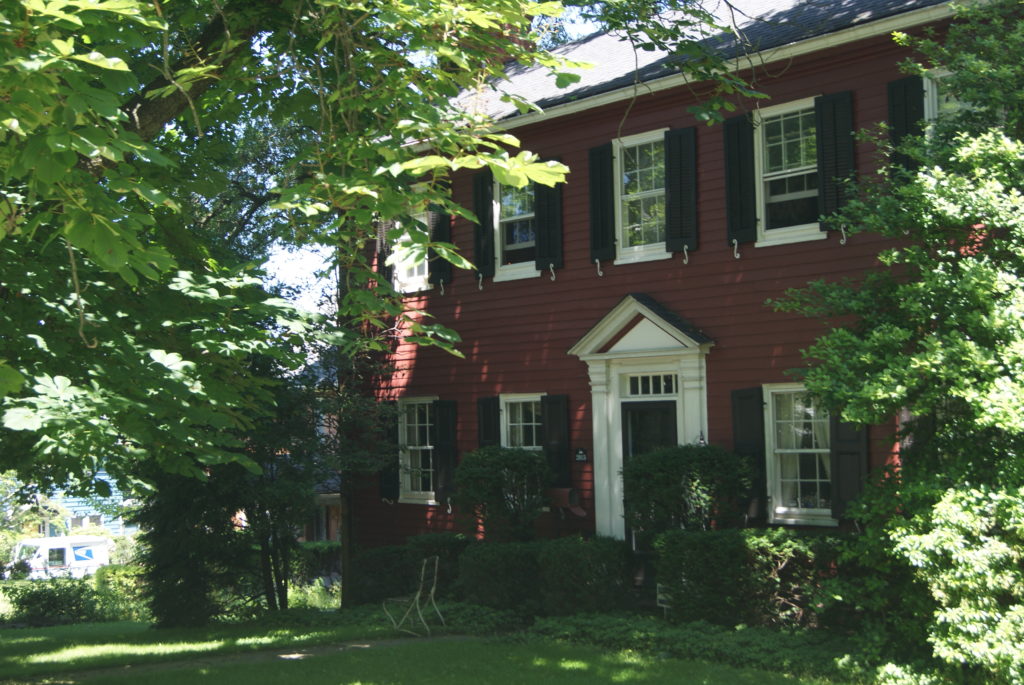
The family’s first sojourn in Wilkinsburg was cut short by the financial crash of 1819. Thomas Cannon’s income from renting his property in Pittsburgh plummeted, and his title to his land in Wilkinsburg was questionable because the seller had mortgaged his original land grant. The Cannons moved back to Pittsburgh, to a little house on Sixth Street, which they shared with Mary Cannon’s parents, Hance and Jane Scott.
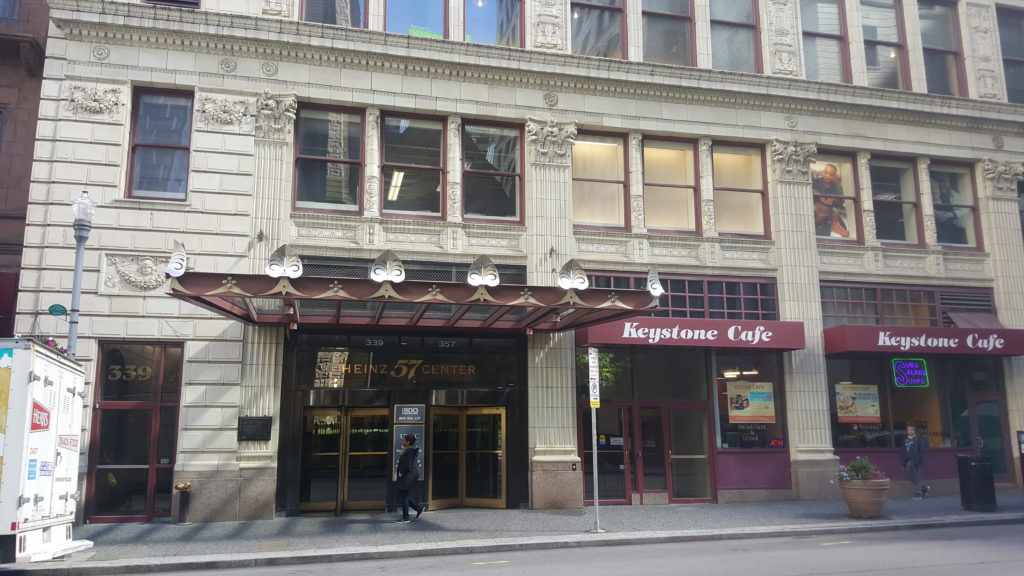
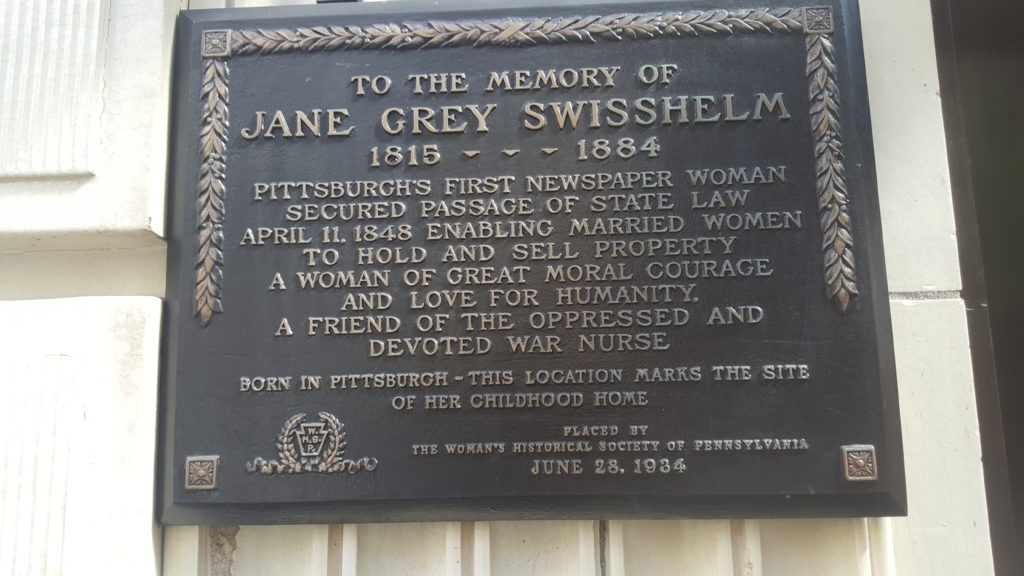
One of Jane’s sisters and three brothers had died of tuberculosis and, in 1827, her father followed them. The family – Mary, Jane age 11, William age 14 and Elizabeth age 5 – was left nearly destitute. Before he died, Thomas had lost his title to the Water Street property for non-payment of ground rent, and the title to the Wilkinsburg property was still in dispute. To earn a bit of money, Mary Cannon made bonnets, Jane produced paintings on velvet, and William attempted to carry on his father’s chair-making business.
Finally, the title to the property in Wilkinsburg was settled, and Mary moved with her children back to Wilkinsburg and re-opened the store.
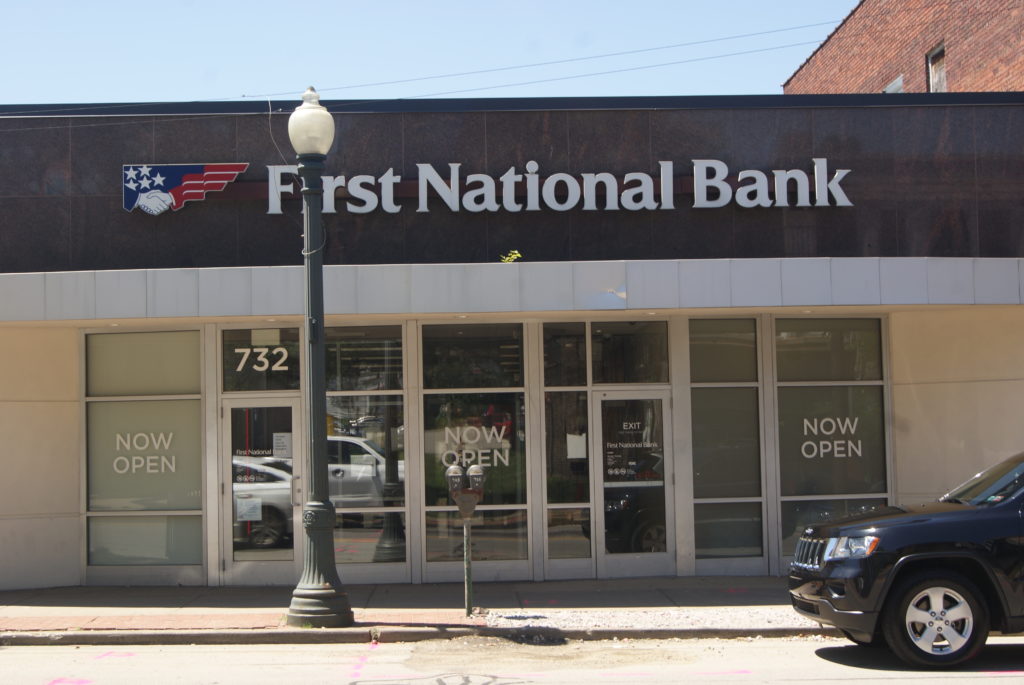
Jane and James
Not long after the move back to Wilkinsburg, Jane met her future husband, James Swisshelm, in a scene from my novel-in-progress, Righteous which I posted to this blog last month. Here’s a LINK in case you missed it.
From that fateful meeting, the rest of Jane’s story flows. She and James met again at a “frolic” at Dumpling Hall, the home of prominent Wilkinsburg citizen John Kelly.

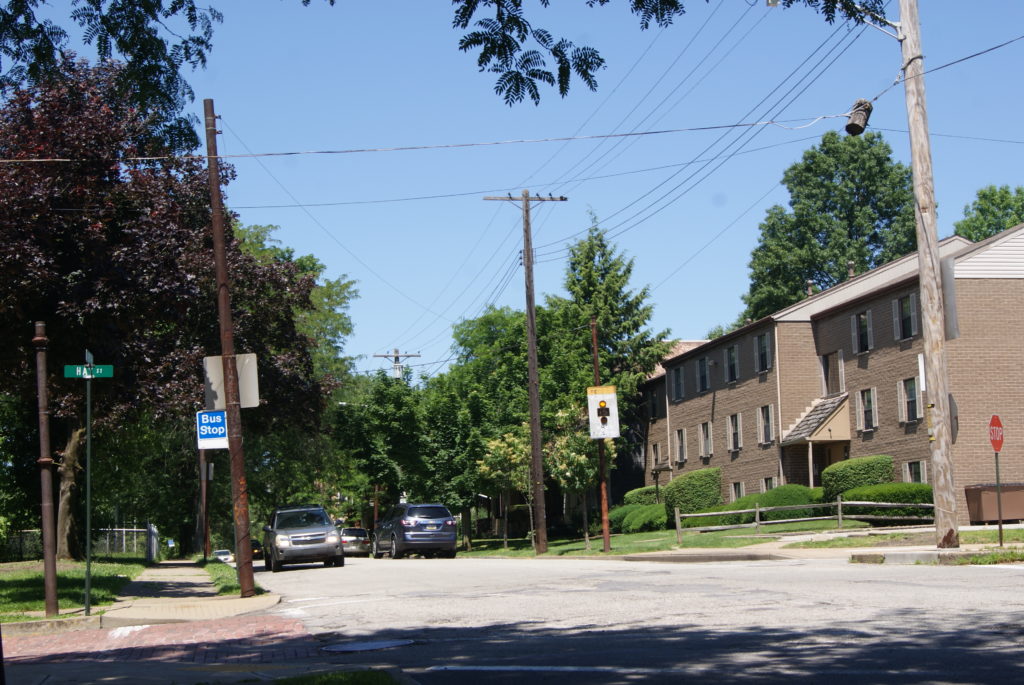
Jane’s marriage to James was marred by disagreements, centering on both religion and property. Jane and James came into conflict over the property she inherited from her mother on Water Street in Pittsburgh, and over the Swisshelm farm in present-day Swissvale.
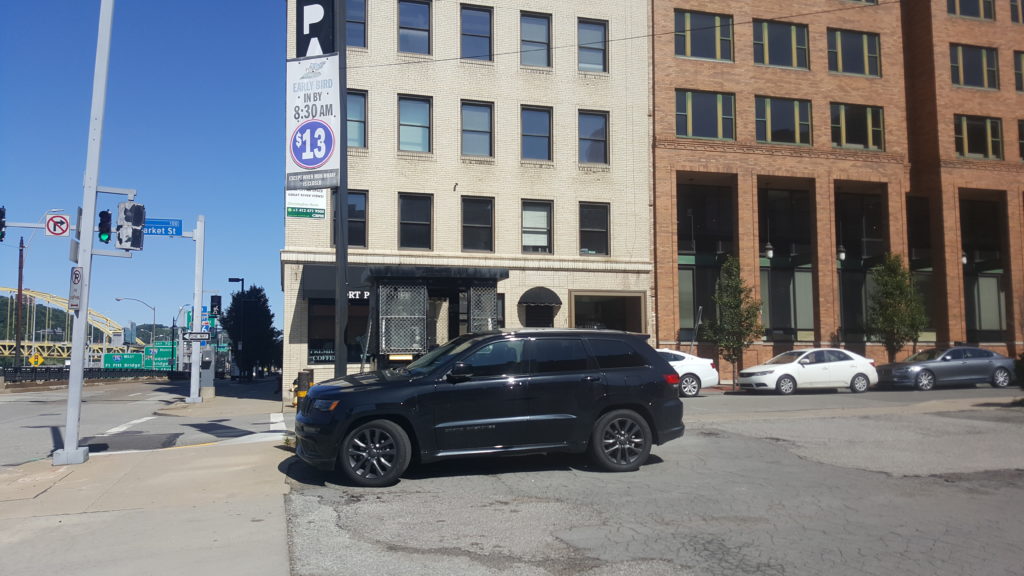
Jane died in 1884 in the Swisshelm homestead, but not before living a very vivid and controversial life which you can read about in my upcoming novel, Righteous.
Here are some current photos of the site of the Swisshelm farm, on the border between Swissvale and Edgewood.
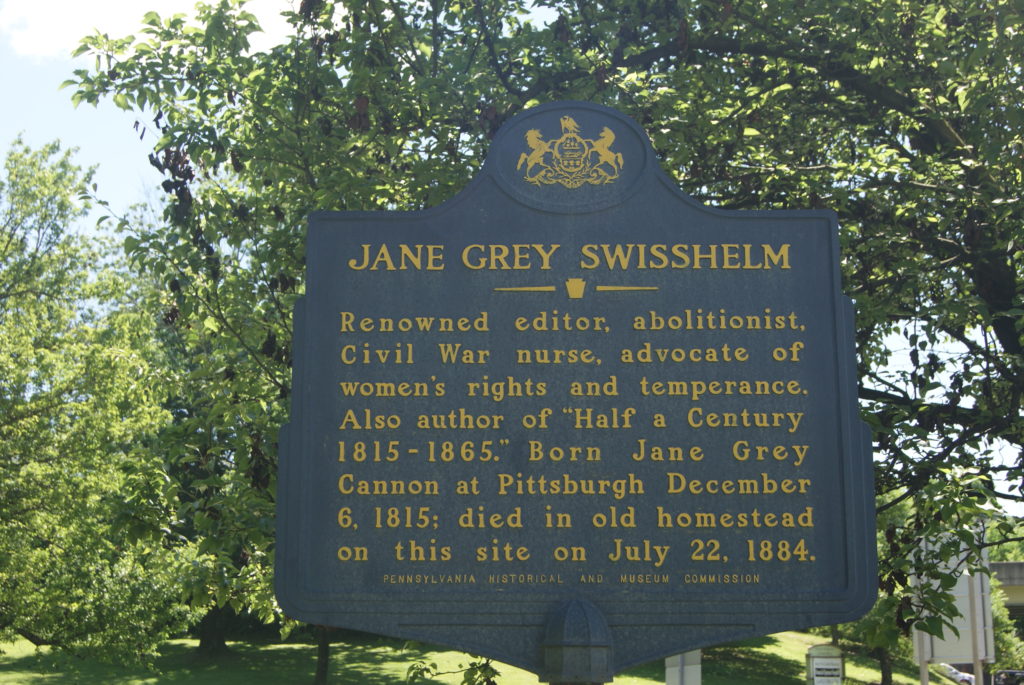
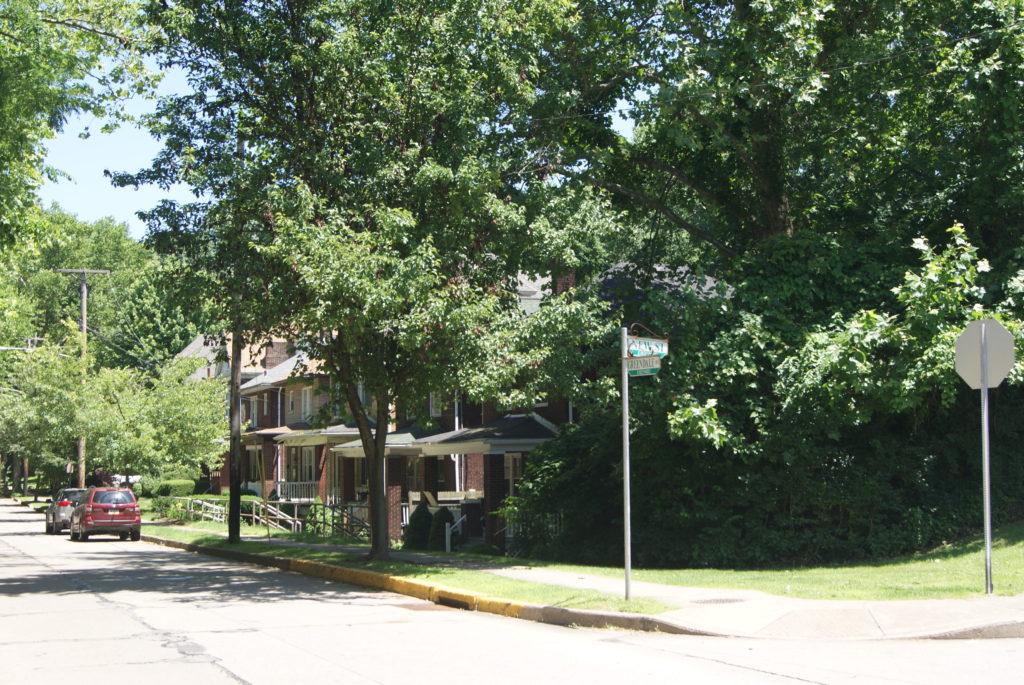
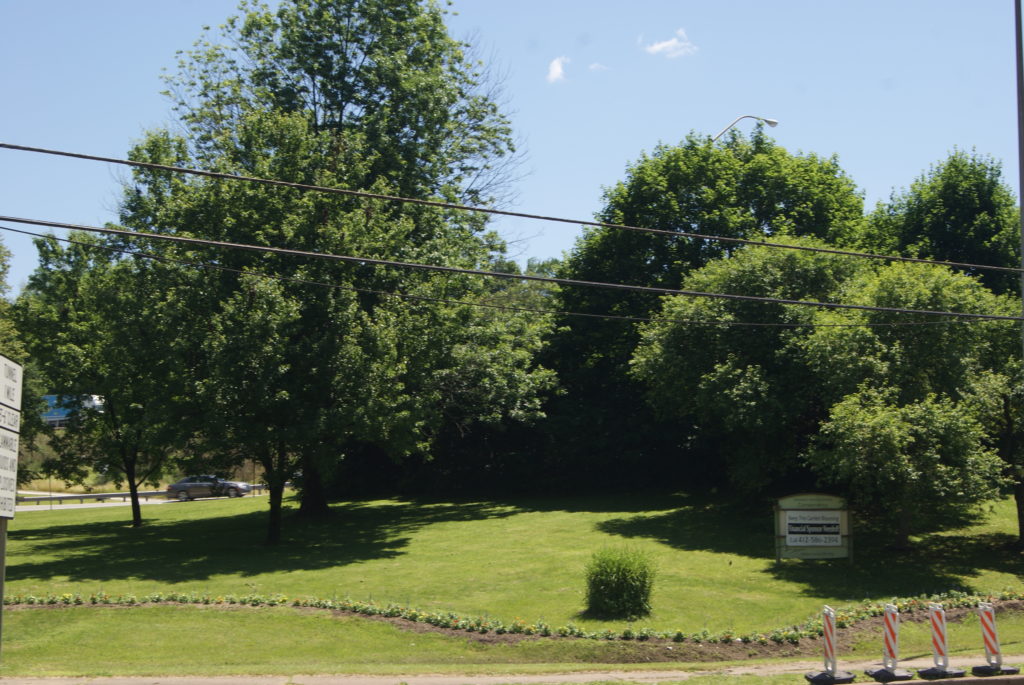
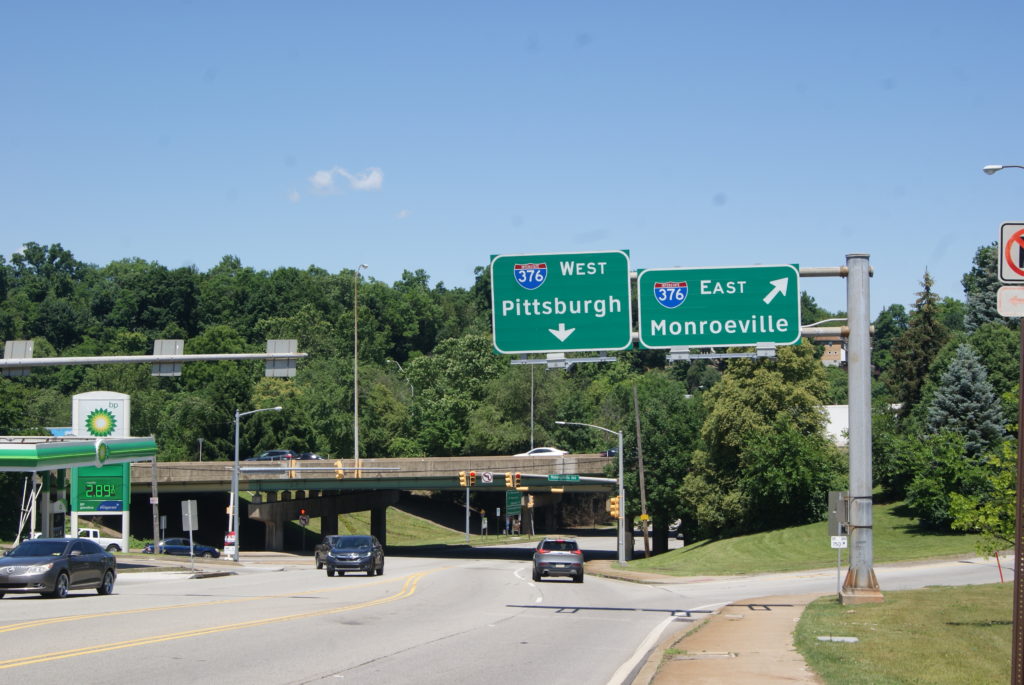
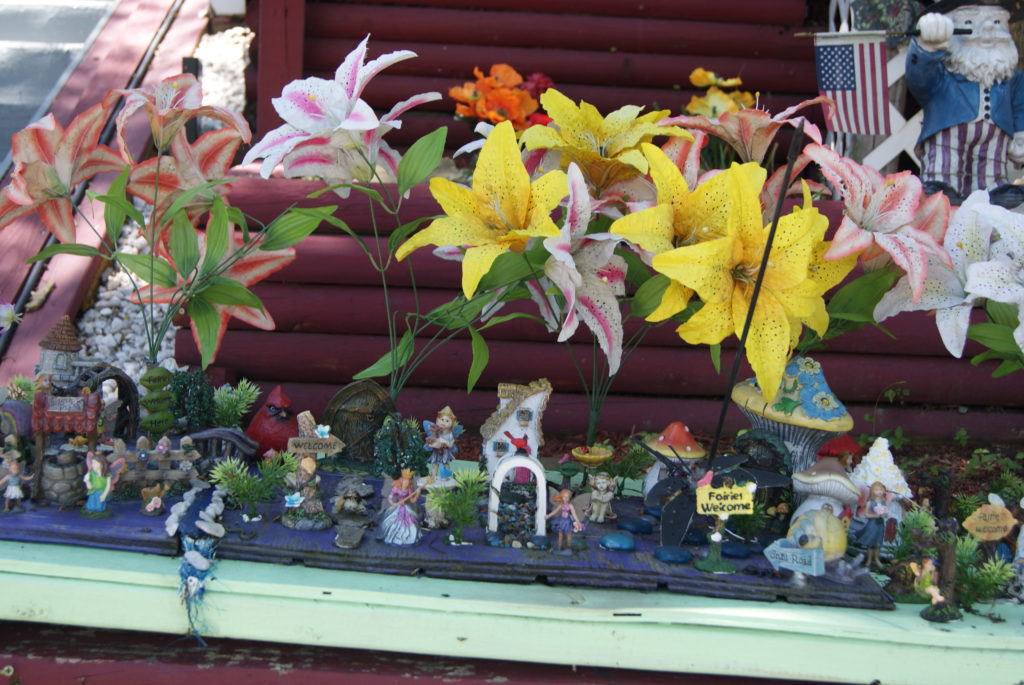

Sources
Sylvia D. Hoffert, Jane Grey Swisshelm, An Unconventional Life (University of North Caroline Press, 2004)
Jane Grey Swisshelm, Half a Century (Jansen, McClung, 1880)
Wilkinsburg, A Detailed History: https://www.wilkinsburgpa.gov/about-wilkinsburg/history/a-detailed-history/

Despite attending Swissvale High School and growing up in the area, I had no idea who Jane Swisshelm was. I stumbled across details while researching a book I’m writing (unrelated to Swisshelm), and I eventually found this post. Hope your novel on Swisshelm is coming along well. Can’t wait to read it.
The first draft of my book about Jane Swisshelm is complete. I hope to have a final draft to my publisher by end of 2020. I’ll let you know when it’s out.
Read ‘Half A Century’ and an anecdotal account of Jane in the Annals Of Wilkinsburg. Intelligent, quirky, and bold woman. She didn’t fit any stereotypes. A flawed saint who managed to fulfill her righteous call.
Look forward to your book.
Yes, I read Half a Century, too. Jane definitely was unique. That was why I wanted to write about her. I am hoping the book will come out later this year.